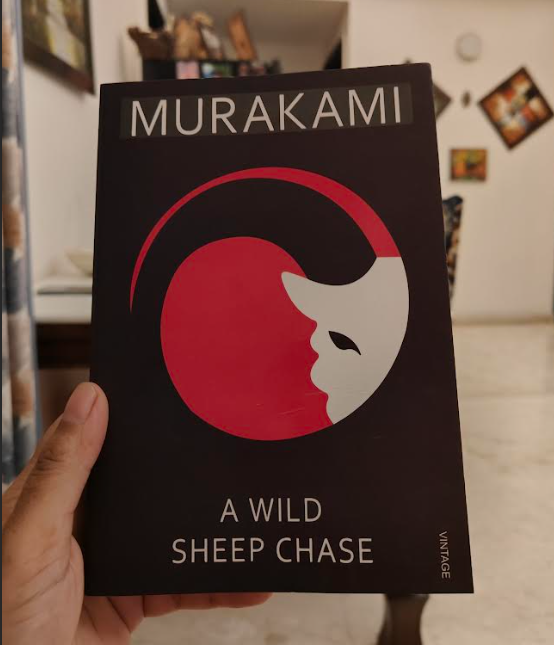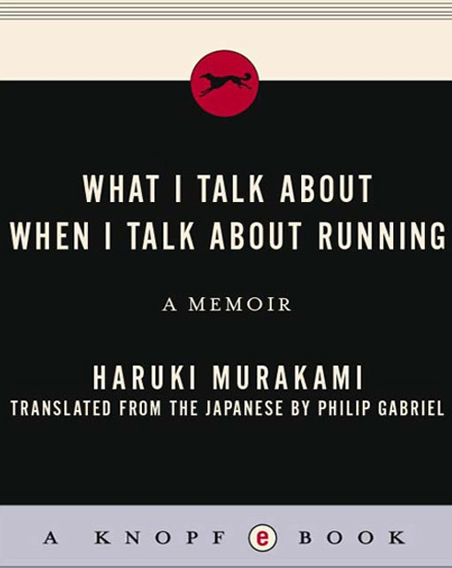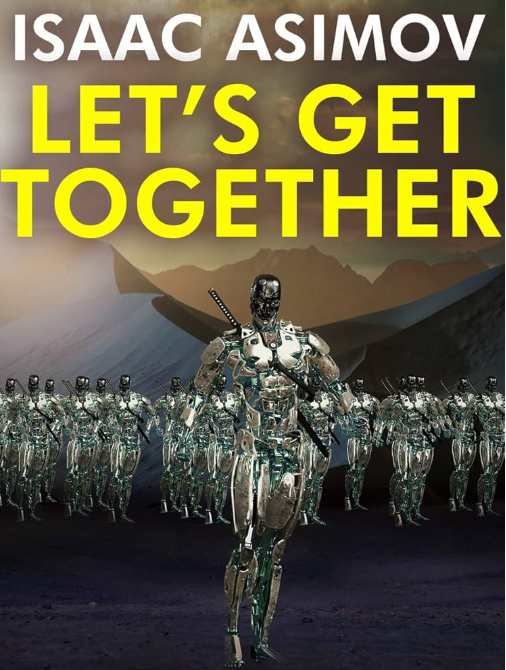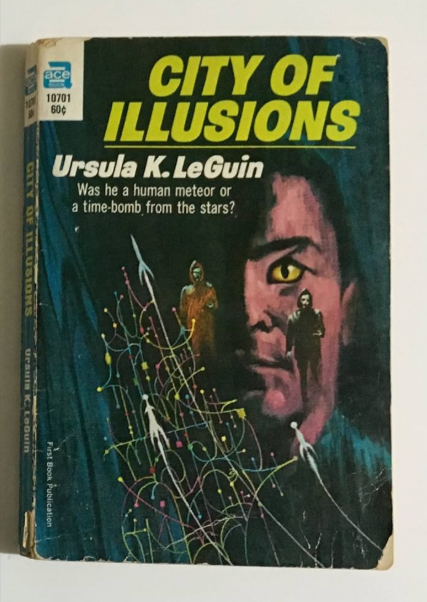
I just finished City of Illusions, and it’s one of those books that quietly works its way under your skin. It’s the third in Le Guin’s Ekumen series, but you can read it on its own too, as a standalone novel. It was first published in 1967.
With this, I’ve started my exploration into the works and worlds of Ursula K. Le Guin. It all began with a random thread on Reddit titled “What is the fascination with Ursula K. Le Guin?” I got curious and decided to give her a try. At first, I thought I’d buy a copy, but then I stumbled across a link and found the PDF, thanks to whoever uploaded it, though I couldn’t trace the original source.
The plot
The story is set on Earth in the future, after a big disaster that has destroyed much of civilization, because of which, knowledge and information are hard to find, and people live separated in small groups. The story builds up slowly, and as it progresses, the plot thickens. It begins with a man named Falk who is found in the woods without remembering who he is. He also has strange eyes that don’t look fully human. Initially, the forest people teach him how to speak and how to survive in their environment. One of these people, Parth, becomes very close to Falk, forming a strong relationship. Their connection is deep, but it’s not a typical romantic relationship. As the story goes on, Falk begins to experience small flashes of memories from his past, especially about a distant mountain. It hints that there is an important, possibly hidden, part of Falk’s history that is waiting to be uncovered.
His journey from the forest to the mysterious city of Es Toch is one of the most interesting parts. He runs into all kinds of groups, such as an old telepathic Listener who lives alone in a cabin, a weirdly charming despot who calls himself the Prince of Kansas, and a nomadic tribe who blind him during a ritual. None of these people feel like filler. They each show a different way humanity has adapted or broken down. The Listener in particular stuck with me. He can’t read thoughts, only emotions, which ends up telling Falk more than words ever could, like he says,
“I know the compass of your mind, outlandish as it is, whether I will or no. North and south are dim; far back in the east is a lost brightness; to the west there lies darkness, a heavy darkness. I know that darkness.”
In the City of the Shing
Eventually, Falk gets to Es Toch, the City of the Shing, this is where the story flips. Up until then, the Shing were just this ominous background threat. In the city, he meets two of them, Abundibot and Ken Kenyek, and they present a completely different version of the truth. According to them, the Shing aren’t aliens or invaders. They’re Earthlings, trying to maintain peace after a brutal war. They say the stories Falk has heard about them are part of a myth they created to keep humanity from tearing itself apart.
It sounds plausible, but there are cracks in what they tell him. For one, they insist they can’t lie through mindspeech, but their story doesn’t hold together. And they push Falk to give up his current self, literally. They want to restore his original identity as Agad Ramarren, a navigator from a planet called Werel. That would mean erasing Falk, the man we’ve come to know. The tension here is real, it’s not just about who he was, it’s about who he’s become.
The Two Identities
Here’s what really makes this book work, instead of choosing between the two identities, Falk finds a way to keep both. He wakes up with the memory of being Ramarren, but the consciousness of Falk is still there. It’s a bit like waking up and remembering a dream that feels just as real as your waking life. That dual perspective gives him the clarity to see through the Shing’s manipulation.
By the end, Falk-Ramarren manages to escape the city with Orry, a young man the Shing had also brainwashed. They steal a lightspeed ship and set course back to Werel to expose the truth. What’s cool is that Falk doesn’t try to be a hero or a savior. He just wants the truth to come out, and he’s willing to bring back evidence and let others decide for themselves.
Things That Caught My Eye
Besides, there were a few things that stood out, that I’d like to mention:
- The landscape descriptions are rich but never overdone. You can picture the forest, the desert, the strange glassy city. The description of Es Toch itself is particularly striking: “built on the two rims of a canyon, a tremendous cleft through the mountains, narrow, fantastic, its black walls striped with green plunging terrifically down half a mile to the silver tinsel strip of a river in the shadowy depths”
- The Shing are unsettling in a quiet, bureaucratic way. They’re not monsters, they’re calm, polite manipulators. That’s what makes them scary.
- The whole idea of a personality being overwritten by another, and still managing to survive, is one of the most interesting takes on memory and identity I’ve read.
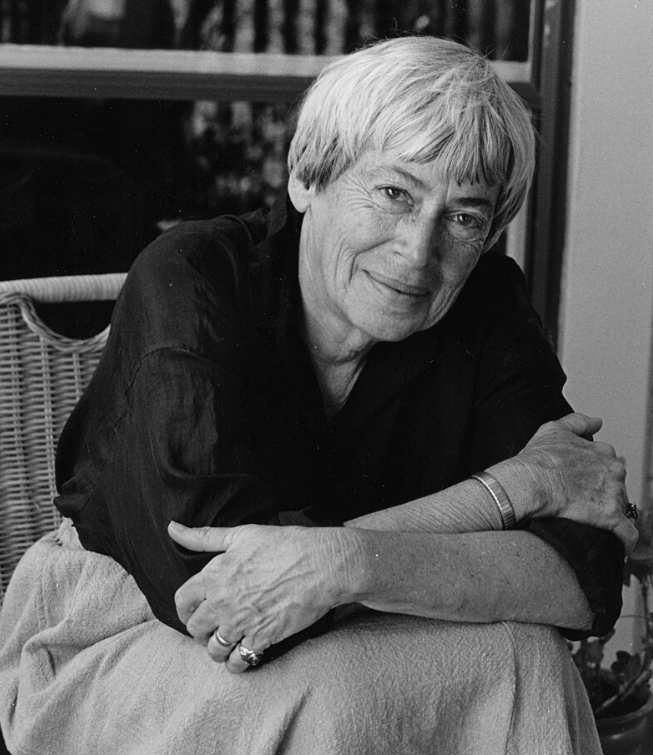
Similarity with “The Robots of Dawn”
I found a similarity between City of Illusions and Asimov’s The Robots of Dawn in how both stories deal with truth being carefully hidden by those in control. In City of Illusions, the Shing rule Earth through deception, rewriting history and erasing identities to keep people isolated and uncertain. In The Robots of Dawn, the political powers on Aurora manipulate facts and suppress critical information, especially around Jander’s destruction and Giskard’s hidden capabilities. In both books, the main characters, Falk and Elijah, are outsiders trying to piece together the truth in environments built on misdirection. What connects them is this slow, painful process of digging through lies, and how both discover that the systems around them rely on people not knowing the full story.
Both stories are engaging because they turn the mystery into something personal. It’s not just about figuring out what’s happening, but also about understanding who the characters truly are, whether they can trust each other, and who has control or influence. As the characters search for answers, they have to confront what’s true and what’s a lie. This makes the story stick with you even after you finish reading.
Mind-erasing Part took me to “Oblivion”
And when I was reading the mind-erasing part, I was immediately transported to the movie Oblivion, where the main character, Jack, also lives with a false identity, his memories wiped, his past hidden, and his purpose manipulated by those in control. In City of Illusions, Falk’s memories have been erased by the Shing, and he’s left to rebuild a sense of self from nothing, not realizing he’s actually someone else entirely, Agad Ramarren. The tension comes from watching him slowly piece together who he is, just like Jack in Oblivion starts to question the reality he’s been given. Both stories use memory loss not just as a plot twist, but as a way to explore identity, control, and the cost of truth.
Takeaway
Le Guin doesn’t wrap everything up neatly. She leaves questions open, which makes sense, because the book’s not trying to tell you what truth is, it’s asking what truth costs. And whether peace is worth it if it’s built on lies. That hits harder the longer you sit with it.
If you’re into character-driven sci-fi with some philosophical weight, this one’s worth your time. It’s not flashy, but it stays in your mind after you finish. The ending provides a satisfying conclusion, but also leaves some things unknown, so you have to think about what might happen next. I like open-ended conclusions, as they allow me to take the plot in whichever direction I choose as a reader, keeping the story alive in my imagination.

